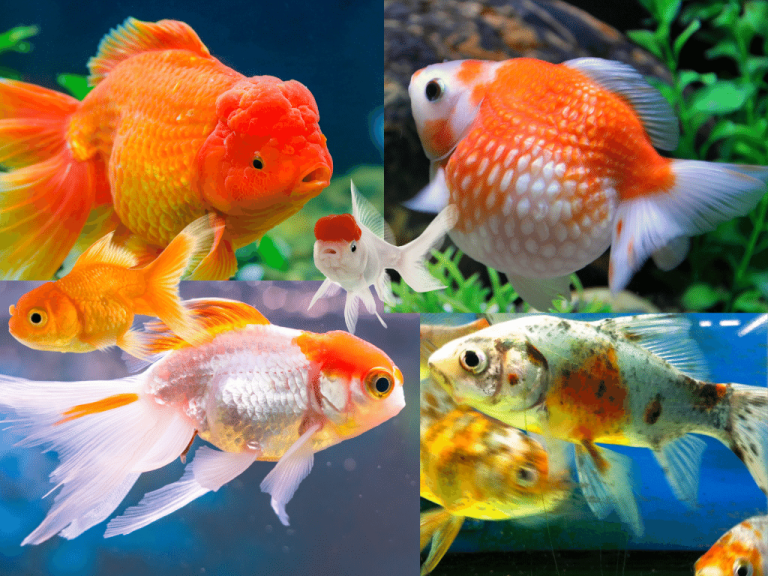In city parks, there are often tanks full of goldfish. The colorful goldfish swim slowly, and their graceful demeanor is truly endearing.
Goldfish are a precious species. China has a history of keeping goldfish that spans several hundred years. According to the “Compendium of Materia Medica,” during the Northern Song Dynasty, some people cultivated a type of golden crucian carp into goldfish. These goldfish were first kept in the mountain streams of Hangzhou’s Liuhe Pagoda and later in bowls and tanks. Chinese goldfish are the most renowned, and goldfish around the world originated from China.
There are roughly several hundred types of goldfish. “Tiger Head” goldfish have heads resembling a tiger; “Red Cap” goldfish have bodies that gleam silver with a small red cap like a gemstone on their heads; “Bubble Eye” goldfish have large, transparent eyes that look like big balloons; “Five-Colored Phoenix” goldfish wear dazzling, colorful outfits. There are also “Celestial Eye,” “Pearl Scale,” “Pompon,” “Black Moor,” and other precious varieties.
How did these oddly shaped goldfish come about? They are the result of long-term changes in living conditions and artificial selection.
For example, among artificially bred goldfish, some were found to have larger heads; some had protruding eyes, forked tails like scissors, or more colorful patterns. These phenomena are called “mutations.” Goldfish breeders selected these individuals with desirable “mutations” and allowed them to live in superior conditions to pass on their traits. Those without distinctive features were eliminated. This selection process continued over generations, eventually resulting in many uniquely shaped, excellent breeds.
Other animals like chickens, pigeons, and rabbits have also been successfully bred using this method of artificial selection.
In places like Beijing, Hangzhou, and Suzhou, there are many goldfish enthusiasts who collect and breed numerous rare and uniquely shaped goldfish varieties.
Goldfish are not just for ornamental purposes; they also hold significant scientific value. A renowned biologist once used over 150 types of goldfish as research materials in experiments, conducting crossbreeding to discover the laws of heredity and variation, and wrote specialized works on the genetic variation of goldfish.

